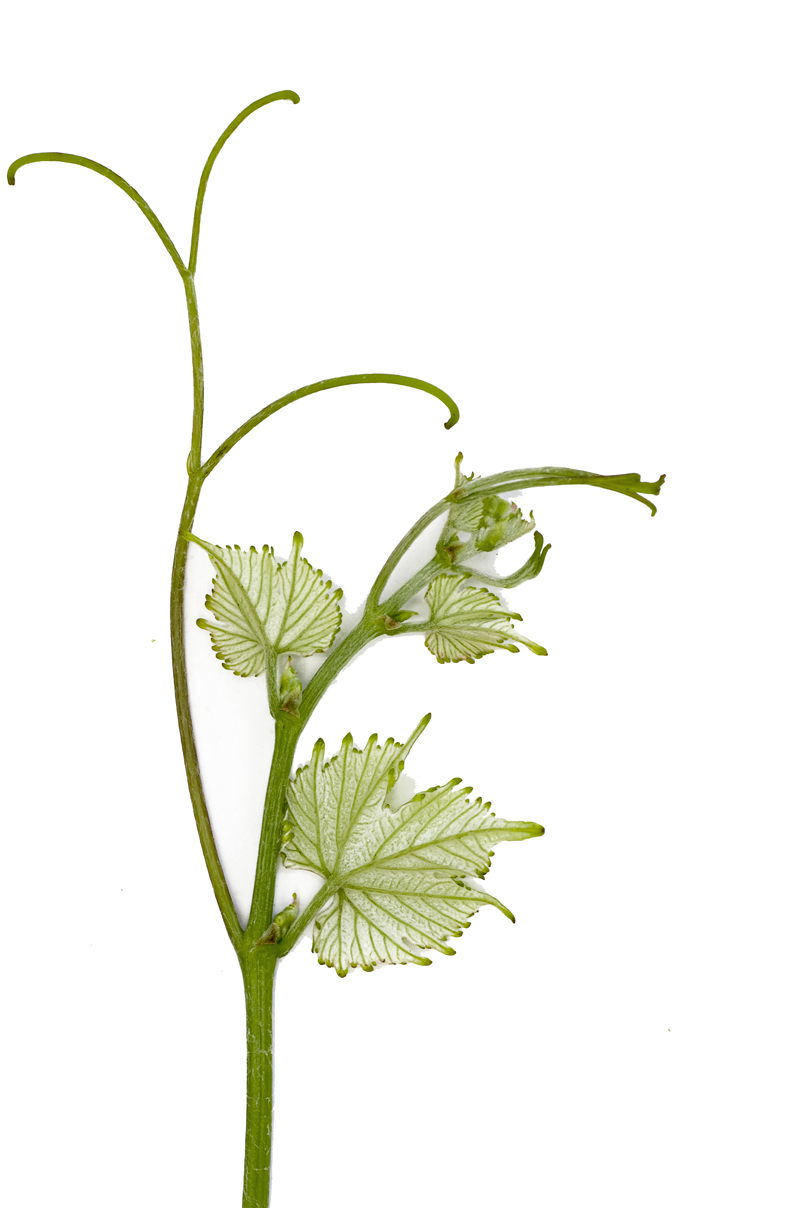Excerpt from the institute description at julius-kuehn.de/en/zr
Grapevine breeding stands for sustainable vineyard management. In this context, the new grape varieties developed at the institute are characterised by high resistance and high product quality. One of the world's largest grape variety collections (gene bank) is located at Geilweilerhof. It is the source of genetic diversity, which is utilised, preserved and studied from a cultural-historical perspective. Our findings, together with those of other research groups, flow into the databases of our specialist information centre for grapevine and wine.
The characterisation of the grapevine genetic resources (gene bank) at the location of Siebeldingen has made highly interesting contributions to understanding the history of our grape varieties in recent years. The Institute makes the knowledge gained available to the general public in publications and via several databases. In this way, we make a significant contribution to providing information on the subject of grapevines for politics and official advice, but also for grapevine breeding and research as well as cultural history.
The JKI grapevine breeding programme, which is one of the most successful in the world, makes use of its genetic resources. Varieties such as ‘Regent’ have their place on the market. With ‘Calardis Blanc’ (after the old Franconian name for the Geilweilerhof ‘Calardiswilre’), a variety with multiple resistance to the pest, downy mildew and black rot, with high botrytis resistance is in cultivation. And the most recent ones ‘Calardis Soleil’ and ‘Calardis Royal’ are newly released. Our breeding programme is supported by the use of genetic fingerprinting for early diagnosis and state-of-the-art phenotyping methods.

Fields of work
- Breeding of new varieties (PIWIs)
- Genetic Resources and Information Centre for Grapevine and Wine
- Wine quality research
- Genetics and Genomics
- Breeding methods
- Phenotyping
further information on the work at Geilweilerhof at julius-kuehn.de/en/zr


